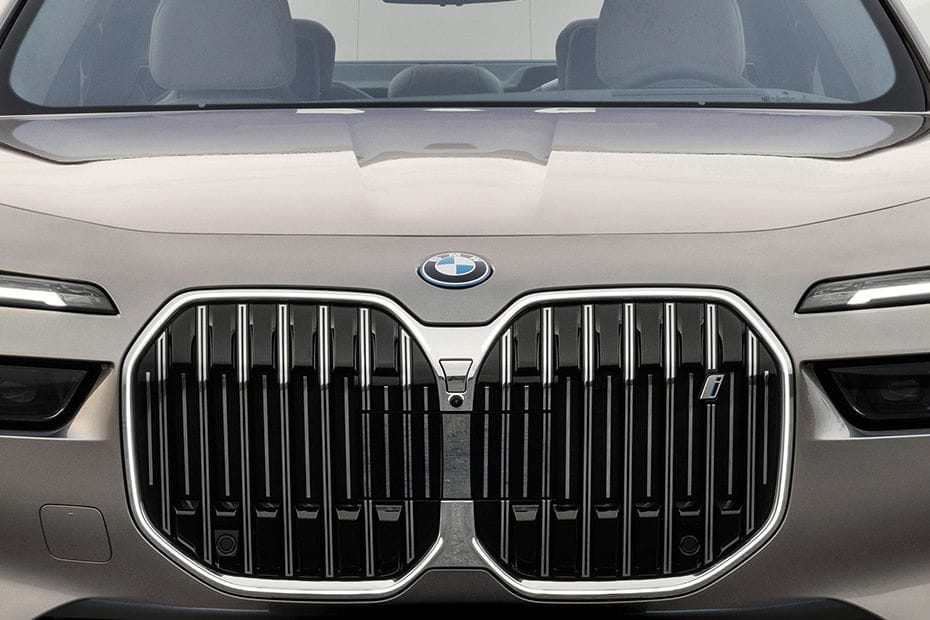When discussing innovation (changing the market), it's often overlooked that your brand will hold you back, sometimes drastically.
A brand embodies your market tacit and explicit expectations about what you deliver. If in doubt about it, or even if you don't know how much brand you have, strip away the logos from your products; if they're still recognizable, that's the brand. Even without its logo, you can identify a BMW car.
Here's the problem regarding innovation: when you need to change your position in the market, your brand anchors you down, and the more powerful your brand is, the more pivoting or repositioning becomes difficult.
Consider again BMW. How can you compete with new Chinese entrants if you can't significantly alter your product to maintain brand recognition? When BYD can develop any new crazy idea they want and often successfully, how fast can you afford to change and take the risk of shocking your customers with offers they won't recognize nor trust?

The brand is one of the most overlooked components of the fabled innovator's dilemma.
One simple solution? Establish a daughter brand.

A daughter brand is a younger, more inventive, more risk-taking, and more playful version of the mother brand. This approach brings many benefits at the same time:
- First, you insulate your main brand to whatever will happen next.
- Then, you can onboard from outside or select from inside new profiles and assemble a team with a different culture from your main corporation.
- And the main feature is when your main brand must maintain a consistent direction; the daughter brand can explore alternative paths. Even better: the daughter brand will have a halo effect on the main one, making it look more reactive and risk-taking.
In the end, if any venture launched by the daughter brand fails, it's easy to spin it as an isolated experiment, showcasing your willingness to take risks while operating on a smaller scale. Conversely, if it succeeds, it reveals future opportunities, prompting consideration for further investment in the experiment and the gradual reintroduction of successful concepts back into the mother brand.
If this seems the perfect solution... it is.
The trick is that it's anything but simple to set up, mainly because if there's a solid commitment to structure such a daughter brand, everything will be relatively simple until you earn a first critical success and try to bring it back to the mother brand. This is the usual point of critical failure that no one expects, as it seems that the teams from the main company will be eager to adopt new and successful ideas. They won't.
But if you solve this critical point fo failure, this approach enables substantial repositioning without jeopardizing the main brand. Rather than making incremental adjustments of 2-3% annually through your main business by itself, you can implement changes ranging from 50% to 80% in the daughter brand. These changes can then be reintroduced with some alterations in incremental ways back to the main business, ending up delivering 20-30% adaptations.
If you follow me, the back and forth between mother-daughter brands, one keeping the core business floating and the other exploring radically, is a system that allows the introduction of radical change faster than keeping everything within the constraints of the core business.
The trap I mentioned above and the main difficulty in setting this up are that however successful the daughter company may be; its management team must always remember its prime directive: helping the mother company get out of its comfort zone. This is not often that easy, especially when the daughter brand starts to attract a different audience than the main brand, raising questions about a potential transition between the two.


